Adam Liaw on why some dishes are much more than a bit on the side
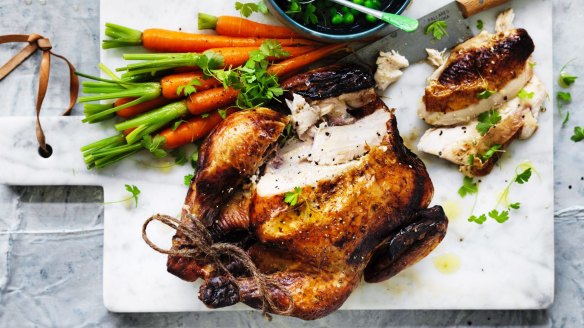
QUARANTINE COOKING
One-pot wonders, loading up roast chicken with extra vegetables, or dumping the contents of your crisper into a stir-fry. A focus on cooking all-in-one meals is often a false economy, and might be causing you a lot of kitchen problems.
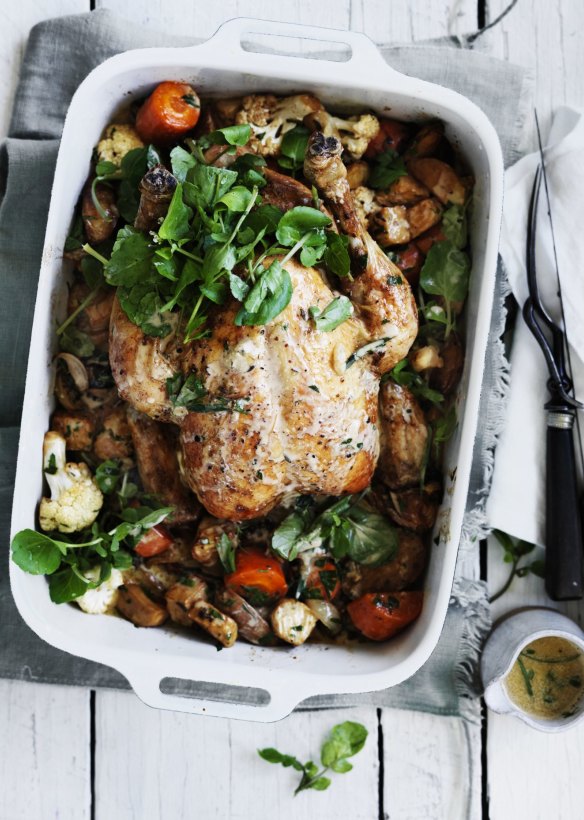
Firstly, it makes cooking more difficult. Different ingredients require different treatment, and cooking multiple ingredients together is a complicated juggling act.
Loading up the empty space in your roasting tray with vegetables might be easy, but is it wise? That empty space allows air to circulate, and filling it with vegetables is going to cause your chook to steam more than roast. Trying to manage the cooking time, liquid content and browning of a lot of different things in one tray will likely going to result in pale chicken skin, overcooked breast, undercooked vegetables and insipid gravy (having extra vegetables in the tray limits the brown bits on the bottom that form the base of a good sauce).
Similarly, when combining eight or 10 different ingredients into a stir-fry the chances of getting every one cooked well and at the same time are slim. Think about that the next time you want to clean out your fridge by throwing everything into a wok.
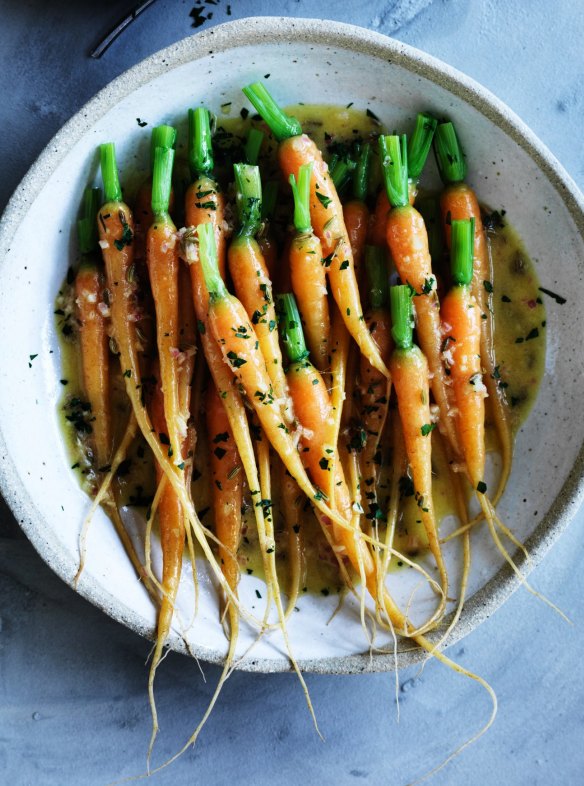
As well as being more difficult, the all-in-one approach is also time-consuming. This might sound counterintuitive but think about it for a minute – putting a lot of ingredients in one pot means that those ingredients have to be cut all at one time, and generally cooked for a long time. This means a lot more active cooking time during cutting and preparing, as well as passive cooking time while it's on the stove.
The only way to make that time-consuming style of cooking efficient is to increase the volume. When I make a stew, ragu, curry or braise I'll usually make a larger batch that I can freeze or gift, but it still means spending a lot of time and effort on a dish.
Lastly, cooking a lot of things together limits variety in cooking method, texture and flavour. A lot of different vegetables in a curry will all be flavoured by the same curry. The same goes for a stir-fries, braises and roasts. Any flavours applied to one part of the meal will carry over to the others.
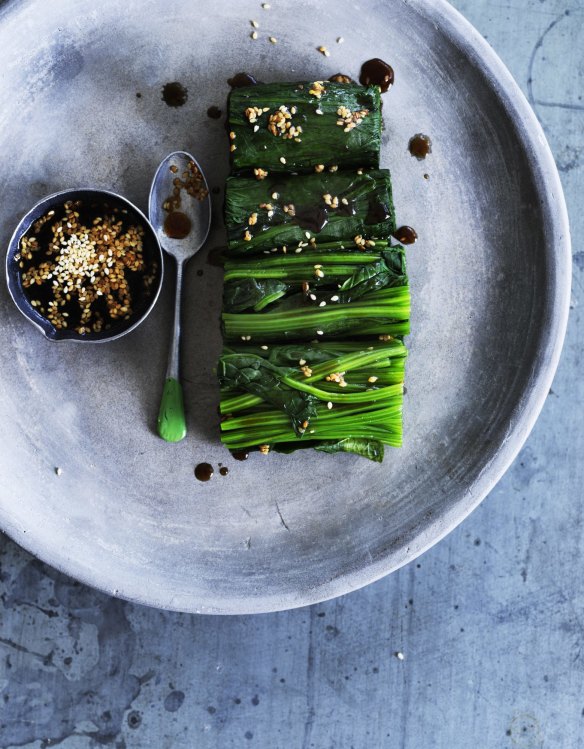
Traditional cuisines rarely include many different ingredients all cooked together. In Chinese cuisines a stir-fry will usually contain one or two vegetables, with a small amount of meat or seafood for flavour. Curries on the Indian subcontinent and through southeast Asia usually focus on only one or two main ingredients. Most salads in French cuisine are one ingredient – salade verte (green salad), salade de carrottes (carrot), salade de chou rouge (red cabbage salad), salade mesclun (mixed greens) – and are simple to prepare, distinctive and delicious.
Once again our tendency to overcomplicate foods bites us on the bum.
But if we aren't trying to cram a bunch of vegetables into a dish, how can we make sure we're still eating plenty of the good stuff? Side dishes, of course.
In Japanese cuisine the concept of a full meal is called "ichi juu san sai" which means "one soup and three dishes", and prescribes that a proper meal comprises a soup and three separate dishes (plus rice and pickles, so really we're talking about five to six dishes in a meal).
In France multiple dishes might be spread over multiple courses. A simple soup and a green salad followed by le plat principal, which might also include a vegetable on the side.
Middle Eastern and Mediterranean mezze provides similar variety, while in Chinese cuisine the entire meal is "side dishes", as conceptually the main dish (zhushi) is the rice.
Styles of cooking that involve multiple side dishes have countless benefits.
It's easier to shop for, as there are fewer ingredients needed for any one dish.
It's adaptable – if you feel like a smaller meal you can just serve fewer dishes.
It's better for you, as you're more likely to eat more vegetables, and cheaper as you'll be drawn to using ingredients that are in season.
Your meals will have greater variety and balance, too, as you can offset a rich roast with light pickles, a heavy braise with a fresh salad, or light sashimi with a hearty miso soup.
The biggest benefit, however, is that it's easier to cook. Cooking multiple simple dishes is easier than one complicated one. You can even spread the cooking out over days if you like.
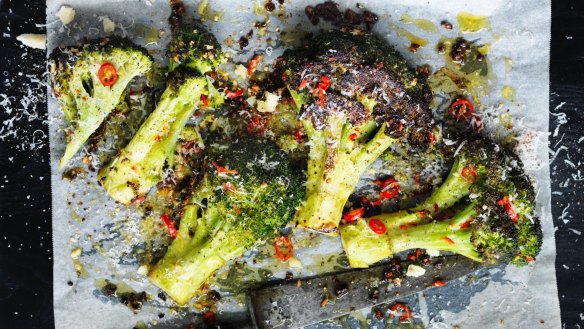
Quickly pickle some cucumbers and you'll have a side dish that can be used for weeks. Blanching some bok choy can produce a dish in less five minutes.
One of my go-to side dishes at home is dressed spinach either with a simple sesame dressing or soy sauce.
If you're roasting a chicken, throw broccoli into the oven after you take the bird out. You should be using that 15-20 minutes to rest the chicken anyway.
Turning carrots, brussels sprouts, broccolini or potatoes into a side dish will save you time on your main course, while making your food simpler, tastier, healthier and more interesting to boot. What do you have to lose?
Appears in these collections
More:
